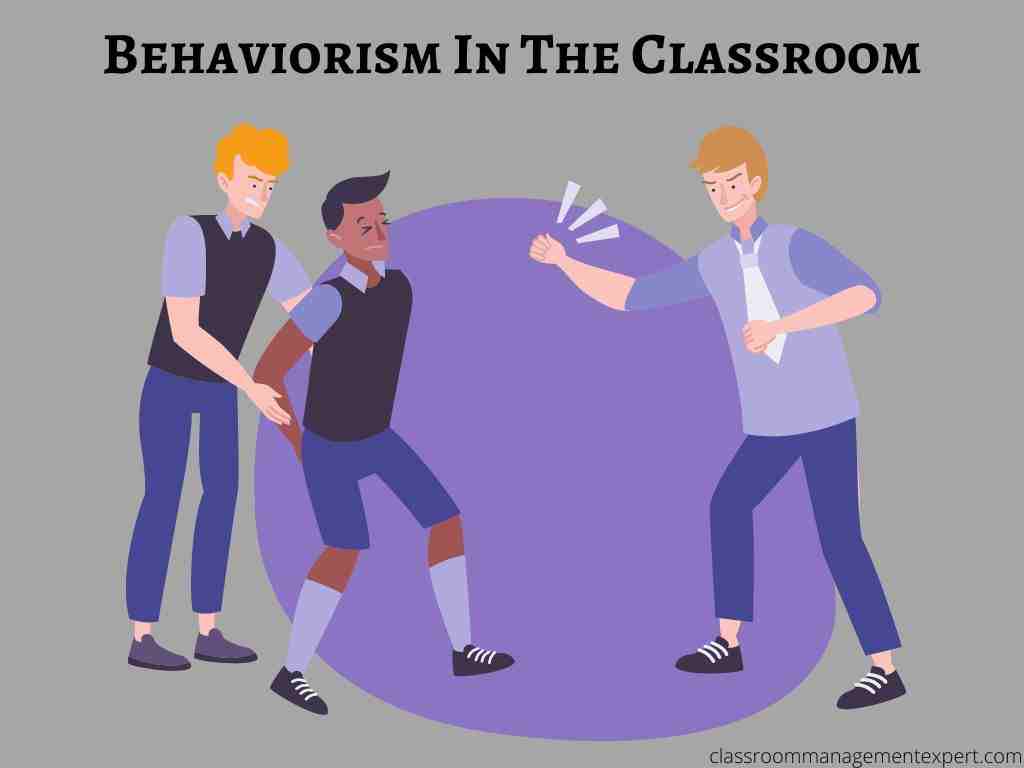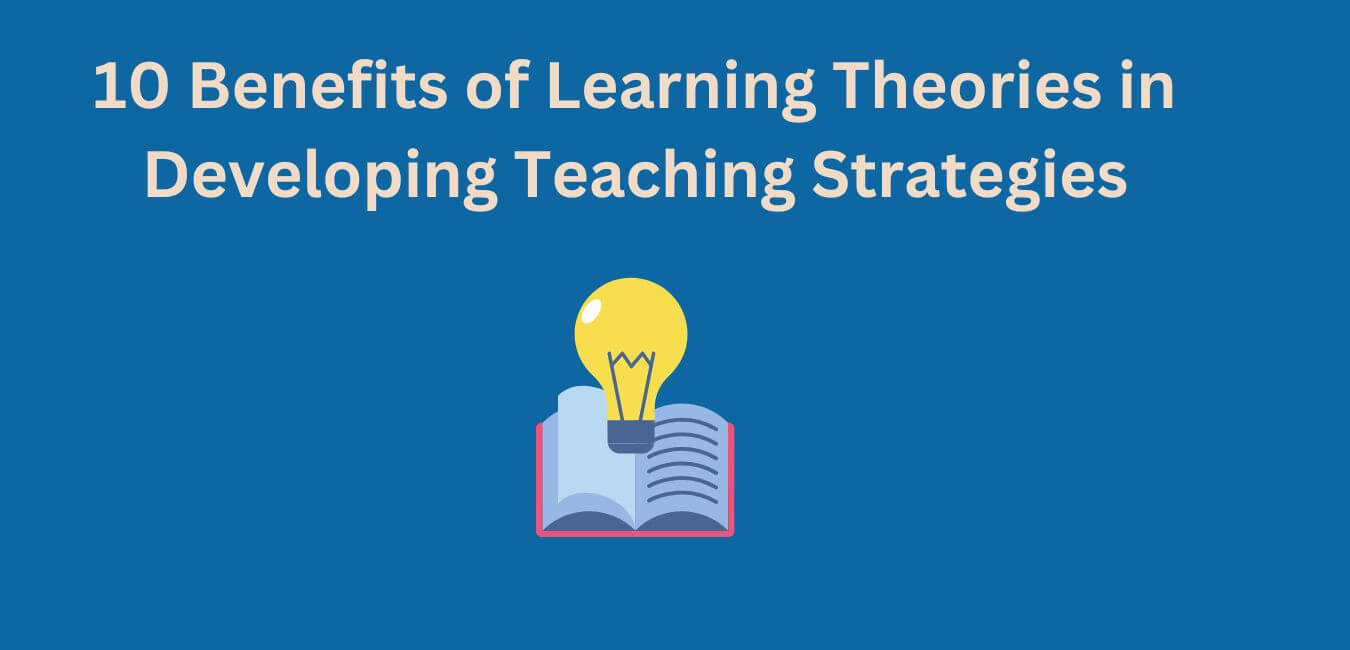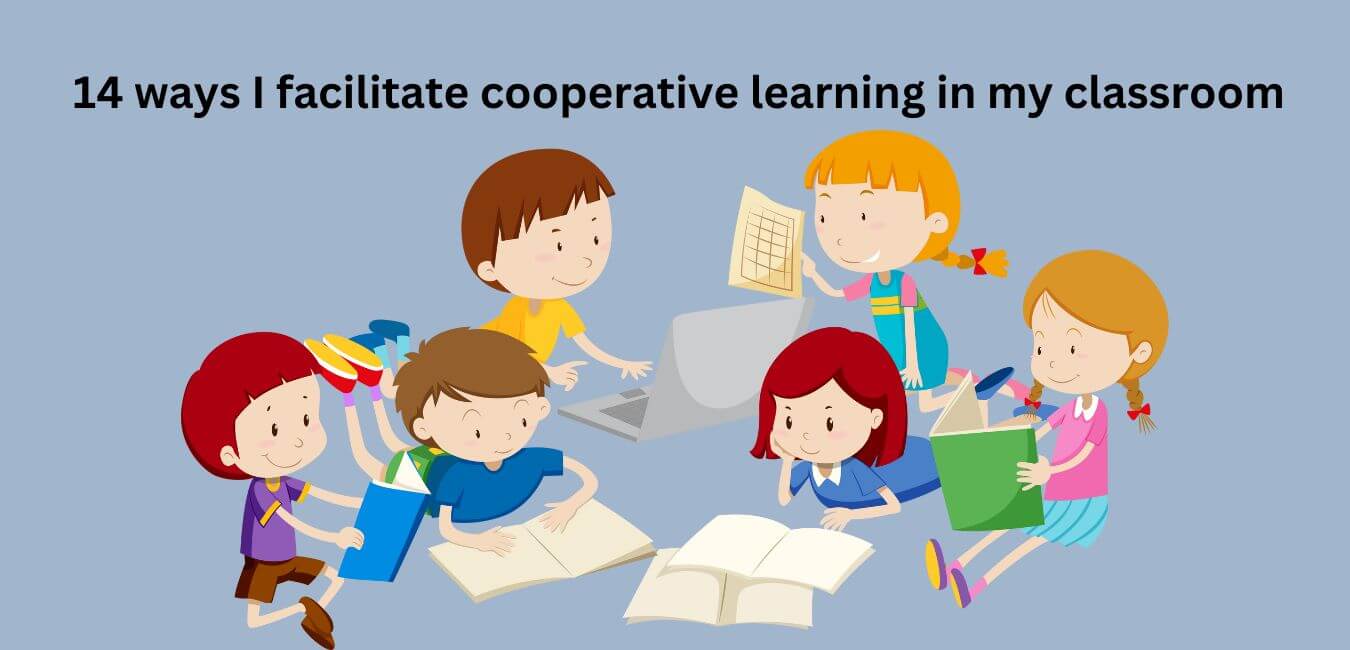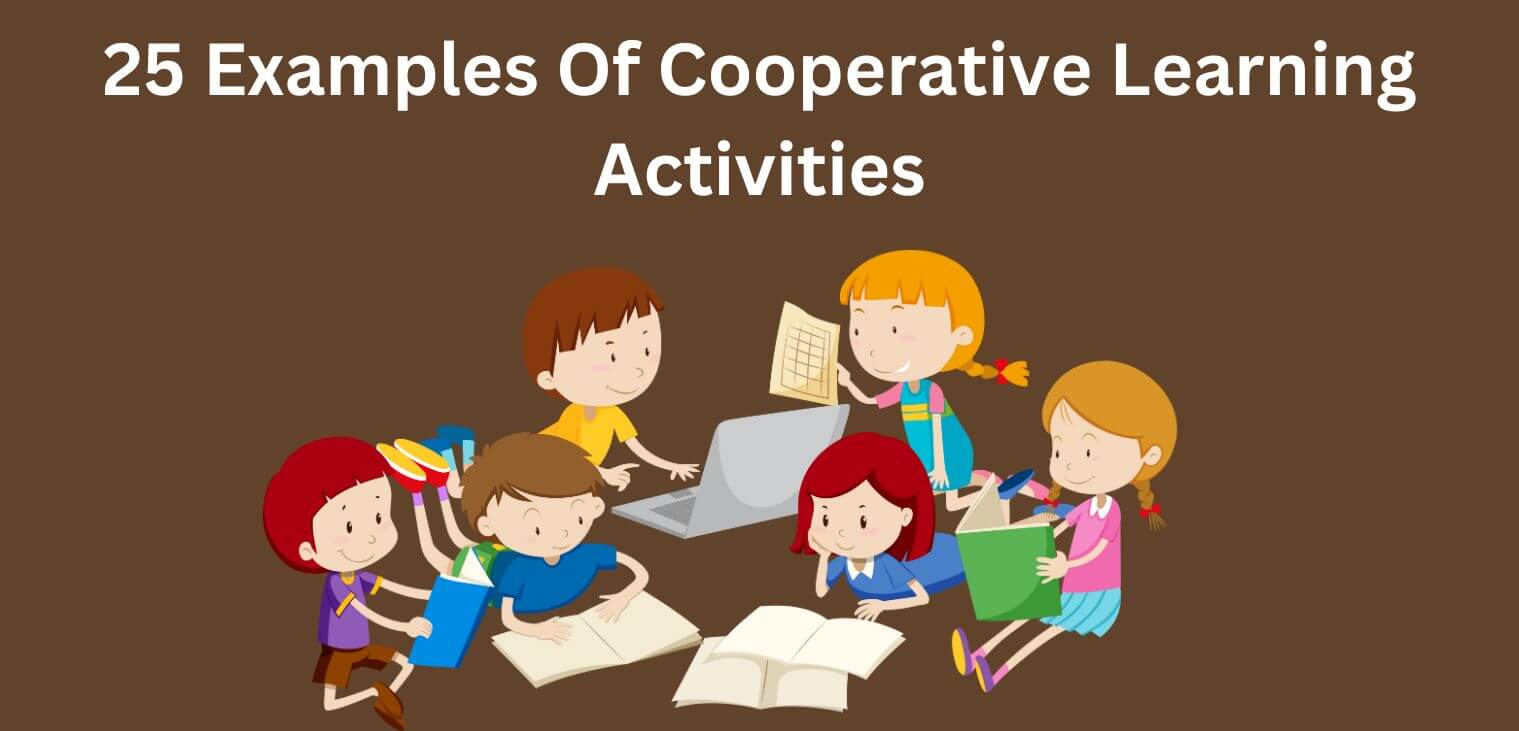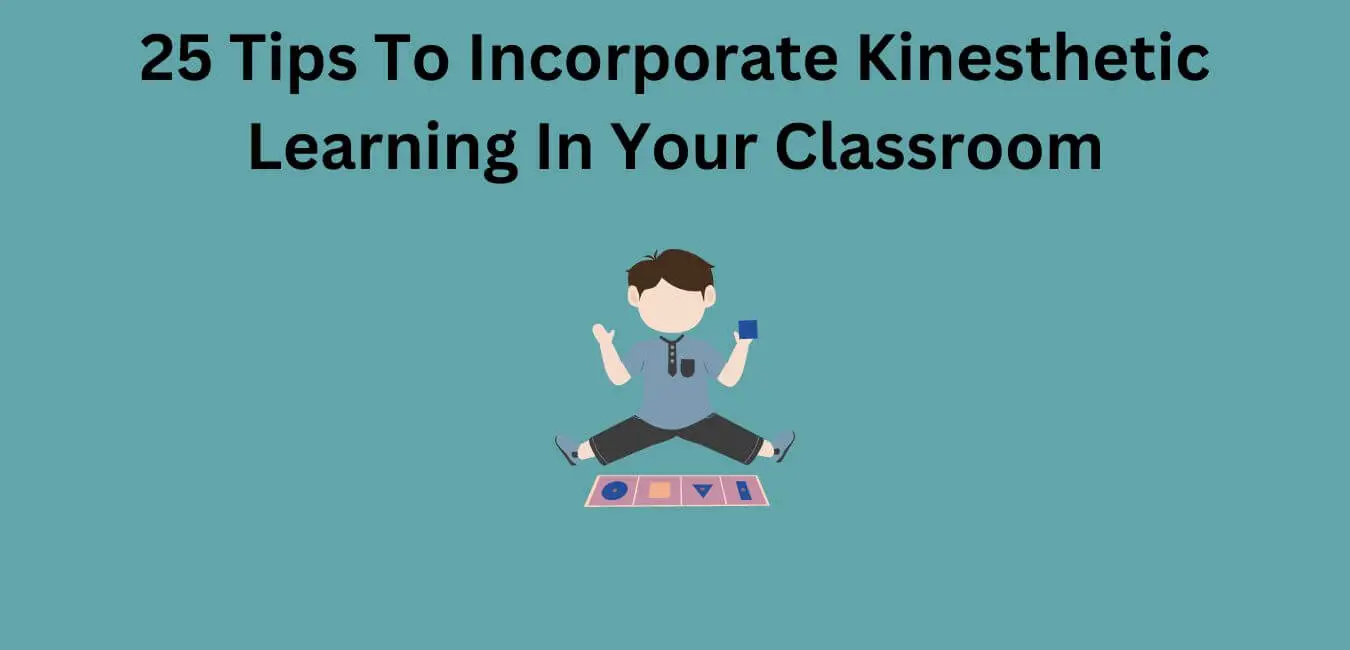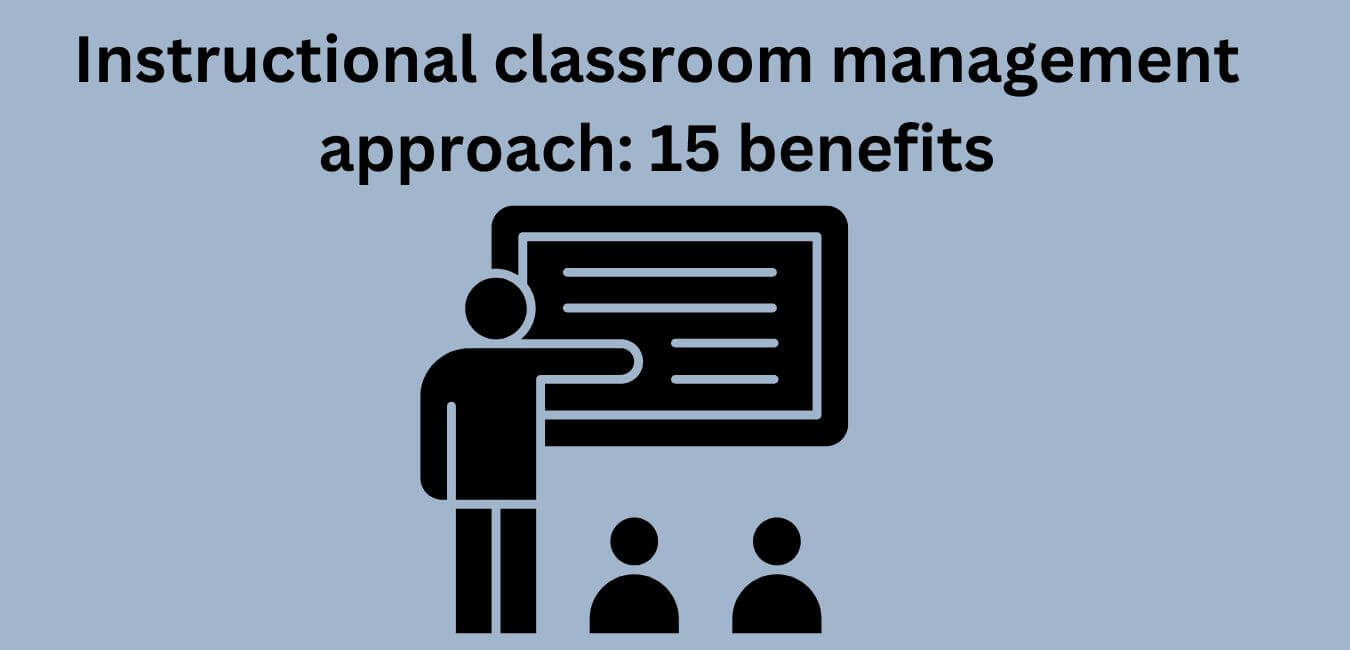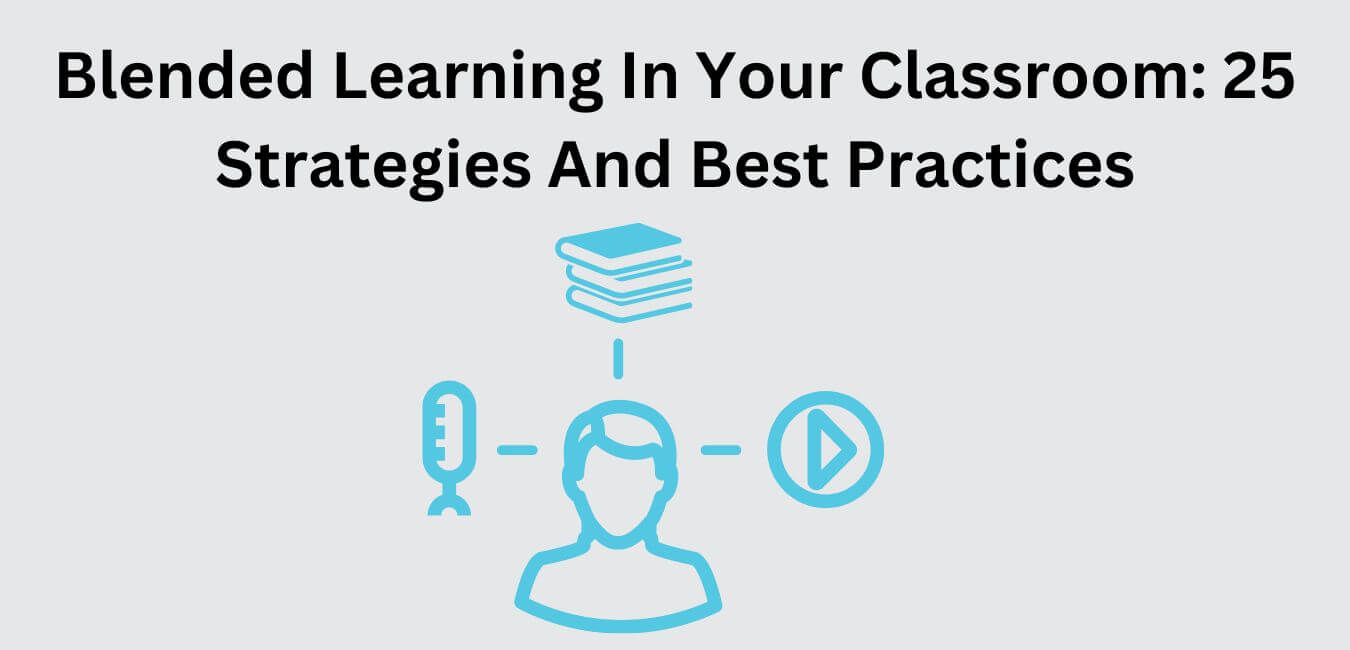Behaviorism is a theory of learning that emphasizes the role of reinforcement in controlling behavior. The basic idea is that behavior is controlled by its consequences—reinforcement or punishment. The focus on reinforcement as a means of controlling behavior has led to the development of several different behavior modification techniques, which are widely used in educational settings.
Despite its widespread use, behaviorism has been criticized for its lack of attention to the internal mental states that guide behavior.
How do learning theories affect teaching?
Different learning theories can have a big impact on how teachers approach their classrooms and instruction. For example, if a teacher believes that all students learn best by doing and experiencing things firsthand, they may structure their lessons and activities around hands-on and discovery-based learning.
On the other hand, if a teacher believes that students learn best by listening to lectures and working through problems on their own, they may structure their instruction around more traditional methods such as lectures and assignments. In either case, it is important for teachers to be aware of the different learning theories and how they can affect the way students learn in their classrooms.
What is the theory of behaviorism in learning?
The theory of behaviorism in learning is based on the idea that all behaviors are learned through conditioning. Conditioning occurs when an animal or person learns to associate a particular stimulus with a particular response.
There are two types of conditioning: classical conditioning and operant conditioning. Classical conditioning occurs when a conditioned stimulus (CS) is paired with an unconditioned stimulus (UCS) until the animal or person learns to respond to the CS in the same way they would to the UCS. Operant conditioning occurs when an animal or person learns to associate a particular behavior with a particular consequence.
Examples of behaviorism in the classroom
Behaviorism is a theory of learning that emphasizes the role of the environment and reinforcement in shaping behavior. In the classroom, behaviorism can be seen in the use of reward systems, such as stickers or points, to reinforce desired behaviors. It can also be seen in the use of punishment, such as time-out, to reduce undesired behaviors. Other examples of behaviorism in the classroom include the use of prompt cards to cue desired behaviors and the use of token economies to provide reinforcement for desired behaviors.
Contributors to the theory of behaviorism
Behaviorism is a theory that was developed by John B. Watson and Edward Thorndike. Behaviorism focuses on the study of how organisms respond to their environment. Behaviorism is based on the idea that behavior is determined by the consequences that a person experiences. This means that behavior is not controlled by emotions or thoughts, but instead is determined by the external stimuli that a person encounters.
One of the main contributors to behaviorism was John B. Watson. Watson was one of the founders of psychology and he developed much of the theory behind behaviorism. He believed that all behaviors were governed by instinctual forces and he argued that there was no such thing as free will. Watson also developed the idea of stimulus control which is one of the key principles behind behaviorism. stimulus control means that you can influence how someone behaves by manipulating what they are exposed to in their environment.
Another important contributor to behaviorism was Edward Thorndike. Thorndike was also one of the founders of psychology and he developed many classical conditioning experiments which are still used today in psychological research laboratories. Thorndike believed that learning took place through the association between events and ideas, and he also believed in what he called the law of generalization. This law states that if you show a person a particular stimulus (a conditioned stimulus) often enough, they will start to associate that stimulus with other events and ideas as well.
Why is behaviorism important in classroom management?
There are several justifications for you to apply behaviorism in the classroom. Below are some of the reasons why behaviorism is important in the classroom:
1. Behaviorism helps create a structured environment.
Behaviorism is a theory that helps create a structured environment in the classroom. This theory suggests that children should be taught through behavioral methods, which means that educators should use specific techniques to change the child’s actions.
For example, educators might use rewards and punishments to change a child’s behavior. By using these techniques, educators can create an environment where students are aware of their actions and know what is expected of them. This way, students can learn in a more organized and disciplined manner.
2. It encourages positive reinforcement.
Behaviorism in the classroom encourages positive reinforcement. Behaviorism is the belief that behaviors can be controlled through immediate and periodic reinforcement, typically in the form of rewards or punishments.
This theory is often used in classrooms to encourage good behavior, as rewards (such as stickers or points) can help reinforce desired behaviors.
By rewarding students for good behavior, teachers can help shape their behavior in a way that is beneficial to both the student and the teacher.
3. It allows for clear and consistent expectations.
Behaviorism is a teaching method that relies on clear, consistent expectations to ensure students are learning.
This method allows teachers to have control over the environment and the students in it, which helps to create a more efficient learning environment.
4. It provides immediate feedback.
Behaviorism is a scientific theory that focuses on the study of observable behaviors and their resultant effects. This theory provides immediate feedback, which is why it is often used in the classroom.
Behaviorism allows teachers to evaluate a student’s progress and determine appropriate interventions quickly, which can help students learn more effectively.
5. It discourages negative behaviors.
Behaviorism in the classroom is based on the idea that teaching and learning occur when an individual’s behavior is consistently rewarded or punished.
This theory has been successful in modifying certain behaviors, but it has also proven to be ineffective in dealing with negative behaviors.
For example, if a student frequently misbehaves, they are likely to be disciplined accordingly. However, this approach often discourages students from engaging in problematic behavior altogether.
Rather than punishing a student for their mistakes, it might be wiser to provide them with opportunities to learn and improve their skills.
6. It promotes self-regulation.
Behaviorism is a theory in psychology that suggests that humans are primarily responsible for their own behavior and that external factors, such as rewards and punishments, have little or no impact on behavior.
This theory has been widely used in the classroom to promote self-regulation. Behaviorism encourages students to learn by observing their own behavior and then modifying it accordingly.
This approach helps students to understand why they behave the way they do and allows them to develop control over their own lives.
7. It can be adapted to individual needs.
Behaviorism is a school-wide approach that can be adapted to individual needs. It is based on the belief that humans are primarily creatures of habit, and that changing a person’s behavior can be done by modifying the environment in which they live.
Behaviorism is often used in classrooms to change student behaviors. It relies heavily on positive reinforcement, which means that good things happen when a student follows the teacher’s instructions and does not receive negative reinforcement, such as being ignored or scolded.
How to apply behaviorism theory to classroom management
There are 9 strategies that educators can use to apply behaviorism theory to their classroom management:
1. Clearly state expectations for student behavior.
Behaviorism is a theory that focuses on the study of observable behaviors and their underlying causes.
In order to implement this theory in the classroom, clear expectations must be set for student behavior.
This will help to ensure that all students are following the rules and protocols established in class. Also, it will allow you to effectively monitor and manage student behavior.
2. Create a system of positive reinforcement, such as awarding points for good behavior.
Behaviorism is a theory that focuses on the observable behaviors of animals and humans in order to explain and predict their actions.
One of the ways that behaviorism can be implemented in the classroom is by using a system of positive reinforcement, such as awarding points for good behavior.
This strategy helps to reinforce desired behaviors and hopefully encourages students to continue exhibiting them. It is important to note that while this approach may work well in some situations, it is not always successful.
For example, if students are regularly breaking rules or behaving aggressively, a system of punishment may be more appropriate.
In any case, using a variety of strategies based on the theory of behaviorism is always an effective way to promote student success in the classroom.
3. Use punishment sparingly, and only when it is necessary to correct a specific behavior.
Punishment is one of the most common methods used by educators to try and influence student behavior.
However, punishment should be used sparingly in order to implement the theory of behaviorism in your classroom.
Punishment should only be given when it is necessary to correct a specific behavior that has been exhibited.
This will help to reduce the number of negative emotions that are felt by students, as well as improve their willingness to comply with teacher directives.
4. Be consistent in your application of rules and consequences.
Behaviorism is a theory that focuses on the observable behaviors of individuals and how those behaviors are influenced by environmental stimuli.
In order to apply this theory in a classroom setting, it is important to be consistent in your application of rules and consequences. This will help to create a consistent environment for the students, which in turn will help to implement the theory effectively.
For example, if you have a rule that states that students must be seated at their seats before class starts, it is important to enforce this rule regardless of whether the student is behaving politely.
If your students know that you are willing to punish them for breaking rules even if they are behaving politely, they will be more likely to break the rules in the future.
5. Avoid power struggles with students.
Behaviorism is a theory that suggests that the way we behave is determined by our conditioning and previous experiences.
In order to apply this theory to the classroom, it is important to avoid power struggles with students.
This will help to create a more positive environment where students are motivated to learn based on their own interests and not based on what the teacher expects of them.
By avoiding power struggles with your students in the classroom, you will be able to implement behaviorism in a way that is conducive to learning.
6. Model the desired behavior for students.
Behaviorism is a learning theory that focuses on the idea that all behaviors are learned through conditioning.
In order to implement behaviorism in your classroom, you need to model the desired behavior for students.
This means that you need to be a good role model for the behavior you want to see in your students.
For example, if you want your students to be respectful, then you need to show them what respect looks like by being respectful yourself.
7. Explain the reasoning behind your rules and expectations to students.
Behaviorism is a theory that states that the way to change a person’s behavior is to change their environment and/or their incentives.
This means that students are not responsible for their own actions, but instead are shaped by the environment in which they live.
When implementing this theory in the classroom, it is important to set clear rules and expectations for students, as well as provide them with reasons behind them and why they must follow those rules and expectations.
This will help them learn how to behave appropriately in the classroom setting, and may ultimately lead to better academic outcomes.
So, I don’t only make rules and expectations with my students, I also strive to let all my students understand the reasons behind them.
8. Help students identify their own personal goals for behaving well in class.
Behaviorism is a theory that focuses on understanding behavior through the use of observable stimuli and responses.
This allows for effective instruction to take place, as well as modification of those behaviors that need it.
When students know what they need to do in order to have a positive effect on their learning environment, they are more likely to behave in accordance with those expectations.
This can help facilitate a more productive class setting overall. By identifying your students’ goals for behaving well, you can help set the tone for the class and provide support when needed.
9. Encouraging students to take responsibility for their own actions and choices.
Behaviorism is a school discipline strategy that encourages students to take responsibility for their own actions and choices.
This philosophy is based on the idea that humans are primarily motivated by rewards and punishments, rather than emotions or personal feelings.
In a behaviorist classroom, students are typically responsible for their own actions and behaviors.
This means that they are accountable for what they do, say, and think in the classroom setting.
Conclusion
Behaviorism in the classroom is a controversial topic. Some people believe that it is an effective way to manage student behavior, while others argue that it is ineffective and even harmful. The truth probably lies somewhere in between. When used correctly, behaviorism can be a helpful tool for teachers. However, it is important to remember that every child is different, and what works for one may not work for another. Ultimately, the decision of whether or not to use behaviorism in the classroom is up to the individual teacher.

